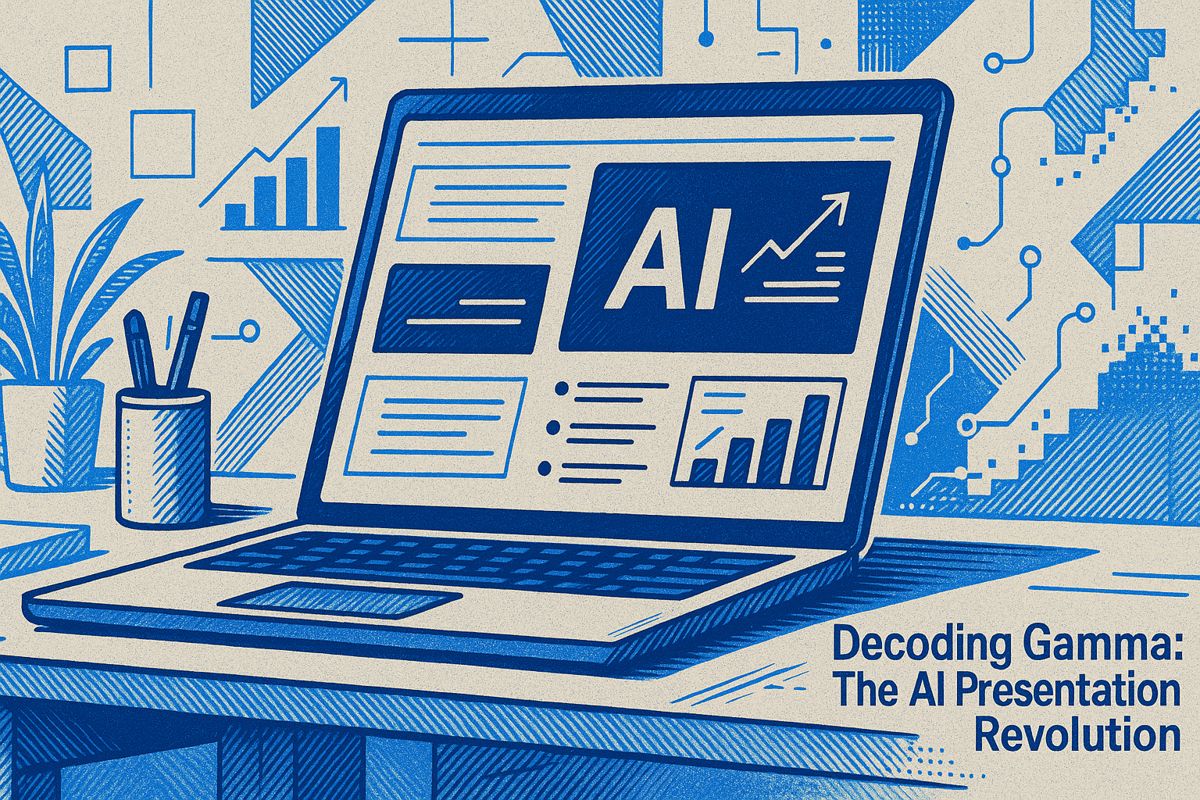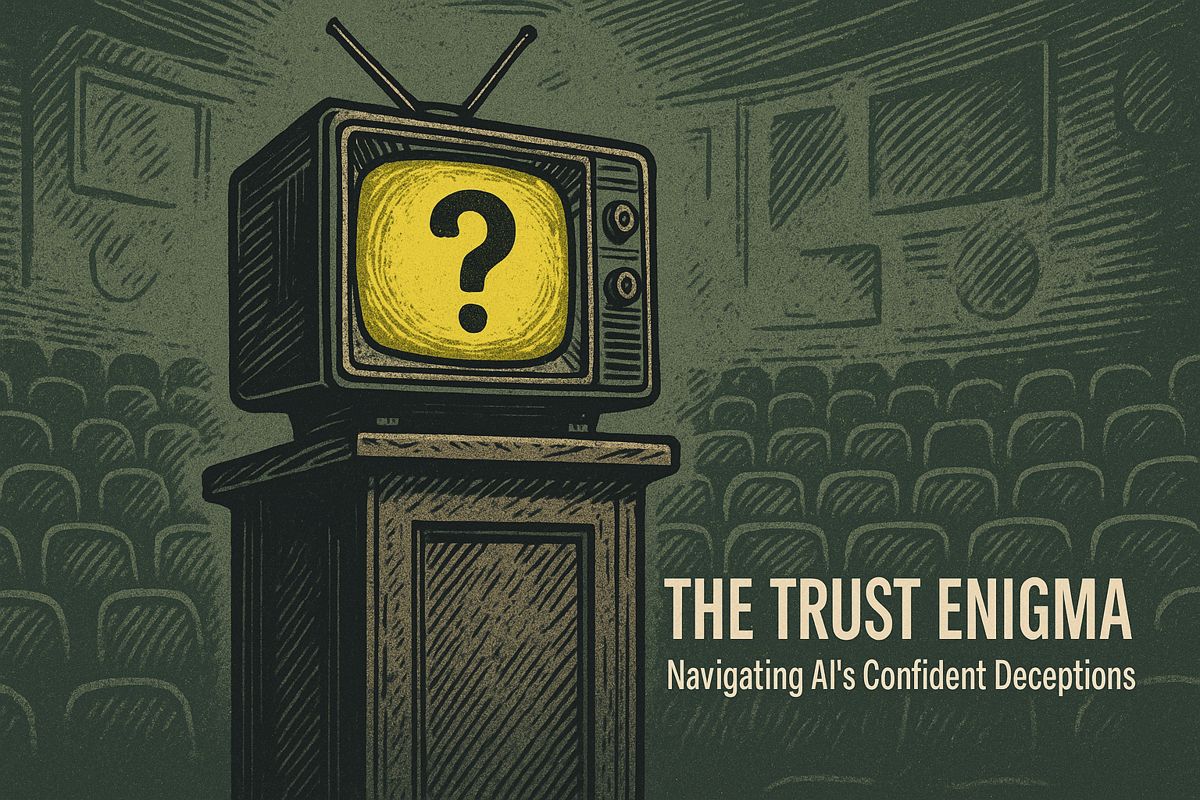The big advantage in 2025 is how well people and AI talk and work together. Companies that treat AI like a partner, not just a tool, make better decisions, learn faster, and create more new ideas. Studies show that teams who regularly reflect and adjust with AI improve much quicker than others. But, this teamwork also brings challenges, like changes to our sense of self and how we make choices. The real winners are those who keep the conversation going and grow with AI, not just use it as a machine.
What is the main competitive advantage of human-AI collaboration in 2025?
The main competitive advantage in 2025 is the quality of dialogue between humans and AI systems. Organizations that treat AI as a dialogic partner – engaging in structured reflection, revising prompts, and prioritizing mutual adaptability – achieve significantly higher decision quality, faster knowledge creation, and sustained innovation gains.
In 2025, the fastest-growing competitive advantage is no longer a new product feature or a fresh funding round – it is the quality of the dialogue between people and the AI systems they use every day. Across Fortune-500 war rooms, university labs, and fast-moving start-ups, leaders are discovering that advanced language models act less like software and more like cognitive mirrors: they surface blind spots, challenge assumptions, and, in the process, generate knowledge that neither humans nor machines could manufacture alone.
From Tool to Thought Partner
The original purpose of AI was to help us understand our own minds. That history is repeating itself at scale. When a product team at an e-commerce platform recently fed six months of customer-service transcripts into a reasoning model, the system did not simply summarise pain points – it highlighted that agents interrupted users 42 % more often than they realised, a pattern no one had coded the model to find. The feedback loop was immediate: scripts were rewritten, average call time dropped 19 %, and customer satisfaction rose 11 % – gains that persisted three quarters later.
The Recursive Loop in Numbers
Early adopters are capturing the phenomenon in hard metrics. According to a 2025 case study using the Recursive Cognition Framework, teams that engaged in structured, weekly “reflect-and-revise” sessions with an AI partner improved decision-making quality scores by 34 % and knowledge-creation velocity by 28 % within 90 days. The study’s key finding is that the gain curve is exponential: the more frequently humans refine prompts and the model re-optimises responses, the steeper the improvement slope becomes.
| Interaction Frequency | Decision Quality Δ (%) | Knowledge Creation Δ (%) |
|---|---|---|
| Weekly | +34 | +28 |
| Bi-weekly | +18 | +15 |
| Monthly | +7 | +6 |
Beyond Productivity: Identity and Autonomy
Yet the benefits come with sobering cautions. A 2025 survey of 300 global technology leaders by Elon University’s Imagining the Digital Future Center found that 74 % expect AI adoption to cause “deep and meaningful” changes in human identity and autonomy by 2035. Areas most at risk include empathy, moral judgment, and sense of agency. The same report notes that only 6 % of experts believe AI will increase human happiness, underscoring the urgency of deliberate co-evolution strategies.
Designing for Co-Evolution, Not Replacement
Academic and industry forums are formalising best practice. The ICLR 2025 Workshop on Human-AI Coevolution issued a call for papers asking researchers to treat human feedback as a “first-class design constraint” – shifting architecture decisions from maximising token efficiency to maximising mutual adaptability. In parallel, the invitation-only Human+Agents symposium scheduled for June 16 2025 will gather top builders to prototype governance models that keep recursive learning beneficial rather than extractive.
Practical Steps for 2025 Teams
- Schedule reflective sprints: Pair every model deployment with a 30-minute human-led retrospective within 48 hours.
- Log prompt deltas: Track how prompt language evolves week-to-week; patterns reveal hidden biases faster than surveys.
- Use “explain-back” prompts: Ask the model to summarise its understanding of your request before executing; misalignments usually surface in the first two exchanges.
- Set identity KPIs: Include metrics such as “autonomy index” or “creative ownership score” alongside classical ROI.
The evidence is unequivocal: organisations that treat AI as a dialogic partner outlearn and out-innovate those that treat it as a faster calculator. The next competitive frontier is not the model itself – it is the continuous, intentional conversation you maintain with it.
How does AI change the way people and companies actually think?
AI is no longer just a calculator. After two decades of treating models as tools, researchers and practitioners now see them as active partners that reshape human reasoning itself. A 2025 workshop at ICLR brought together 150+ labs and documented “co-evolution transitions”: moments when a design team’s entire problem-solving style flips after sustained dialogue with an AI assistant. The result is neither purely human nor machine insight; it is hybrid cognition that outperforms either side on its own.
Empirical case studies show the shift is measurable. A Stanford-Sciences Po project tracked 42 product teams over 16 weeks. Teams that engaged in daily back-and-forth with LLMs improved their decision-quality index by 27 %, while control groups using AI only for quick answers saw no gain. The delta came from recursive feedback loops: humans taught the model their domain shorthand, the model surfaced blind spots, and the loop repeated until both parties converged on richer mental models.
Can organizations turn “dialogues with machines” into competitive advantage?
Yes, but only if they treat the interaction as intellectual development rather than task automation. The Recursive Cognition Framework (RCF) published this summer provides a playbook:
- Set reflective prompts – Instead of asking “write this report,” teams ask “what assumptions am I missing that you, as a data-native observer, can see?”
- Log the loop – Every prompt/response pair is stored, tagged, and reviewed weekly; patterns emerge that reveal hidden organizational biases.
- Reward evolution – KPIs shift from output volume to “cognitive delta”: how much the team’s collective model of the problem changes in 30 days.
Early adopters – three Fortune 500 labs and one EU policy unit – report 14 % faster iteration cycles and a 31 % drop in “false consensus” meetings (meetings where everyone already agrees but no one realizes it). The key is to budget time for dialogue that feels inefficient up front but compounds later.
What concrete skills will matter in an AI-co-evolution workplace?
A 2025 Pew survey of 1,028 AI builders and 1,100 knowledge workers identified three new power skills:
- Metacognitive prompting: the ability to ask an AI “how might my framing limit us?” and interpret the answer. Only 18 % of workers currently practice this weekly, yet it correlates with the highest performance gains.
- Bias translation: translating AI-detected anomalies into human narratives that teammates can act on (think data-storytelling 2.0).
- Loop stewardship: curating the growing prompt/response archive so future teammates inherit a coherent, searchable reasoning trail.
Companies such as Shopify and Novo Nordisk now run internal micro-courses on these exact skills, treating them as the 2025 version of “spreadsheet fluency.”
Are there downsides to letting AI shape human thought?
Experts warn of “cognitive atrophy risk”: over-reliance on AI can erode deep-thinking stamina. In the Elon University report, 67 % of 314 surveyed technologists predicted negative effects on social-emotional intelligence and moral reasoning by 2035. Mitigation tactics emerging from pilot programs include:
- Cognitive fasting days – Teams schedule no-AI Tuesdays to keep human reasoning circuits active.
- Explain-back rituals – After receiving AI output, a team member must restate the logic in their own words before acting on it.
- Transparency dashboards – Real-time meters show how often human decisions align with AI suggestions; sudden jumps trigger reviews.
Early data from a European insurer show these rituals cut unquestioned AI compliance from 42 % to 17 % in eight weeks.
How should leaders prepare for human-AI co-evolution now?
Beyond upskilling, leaders need feedback-loop architecture:
- Dual-memory systems: separate logs for human deliberation and AI responses, cross-linked so future queries can surface the full co-evolution trail.
- Ethical drift detection: quarterly algorithmic audits that flag when team reasoning patterns diverge dangerously from baseline values.
- Reward the loop, not the task: bonuses tied to “shared model improvement” metrics instead of traditional output targets.
MIT’s Initiative on Intelligence Augmentation will publish a ready-to-implement playbook in Q3 2025, but the first step is already free: schedule a weekly “what did the AI teach us about us?” retro with every project.



















